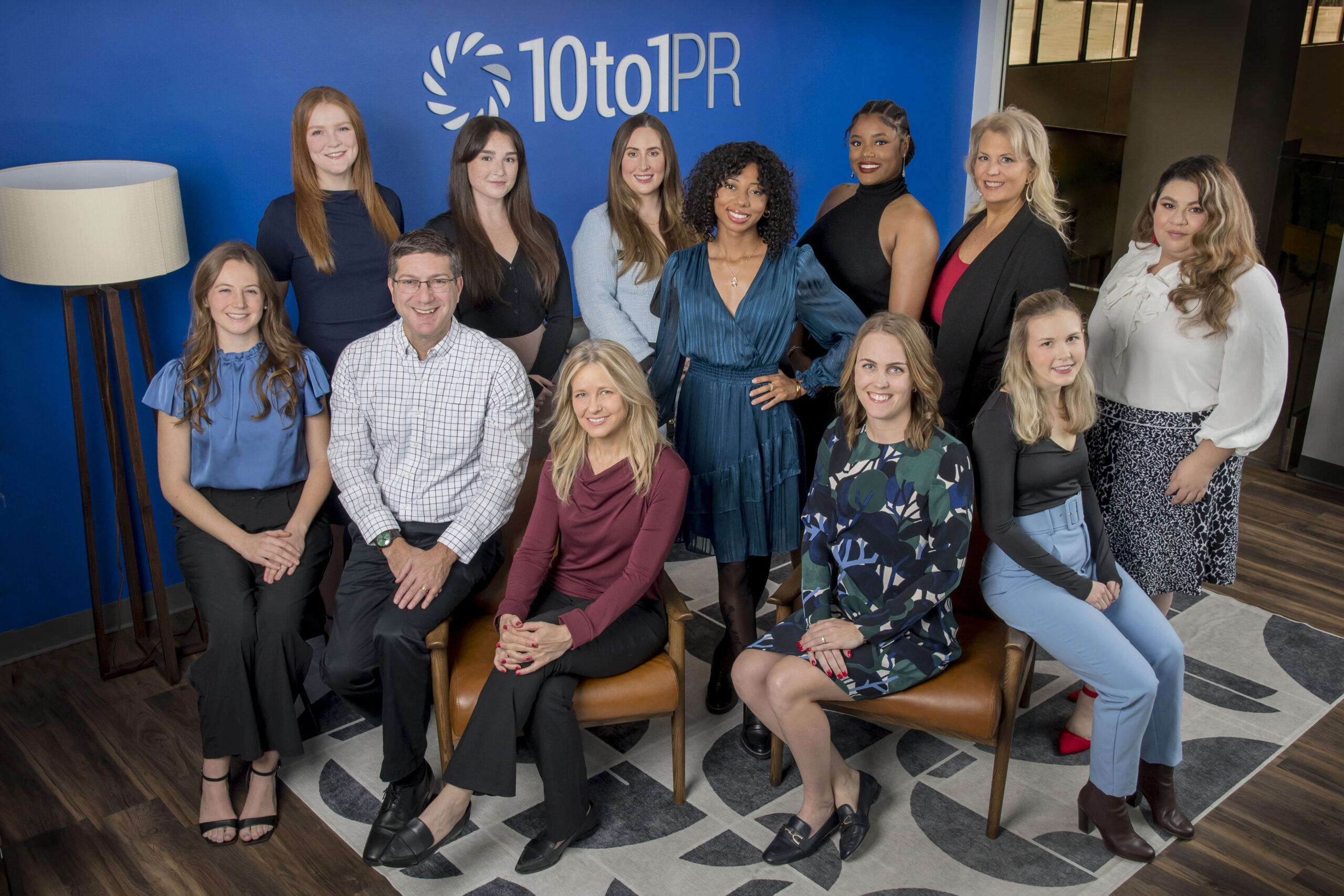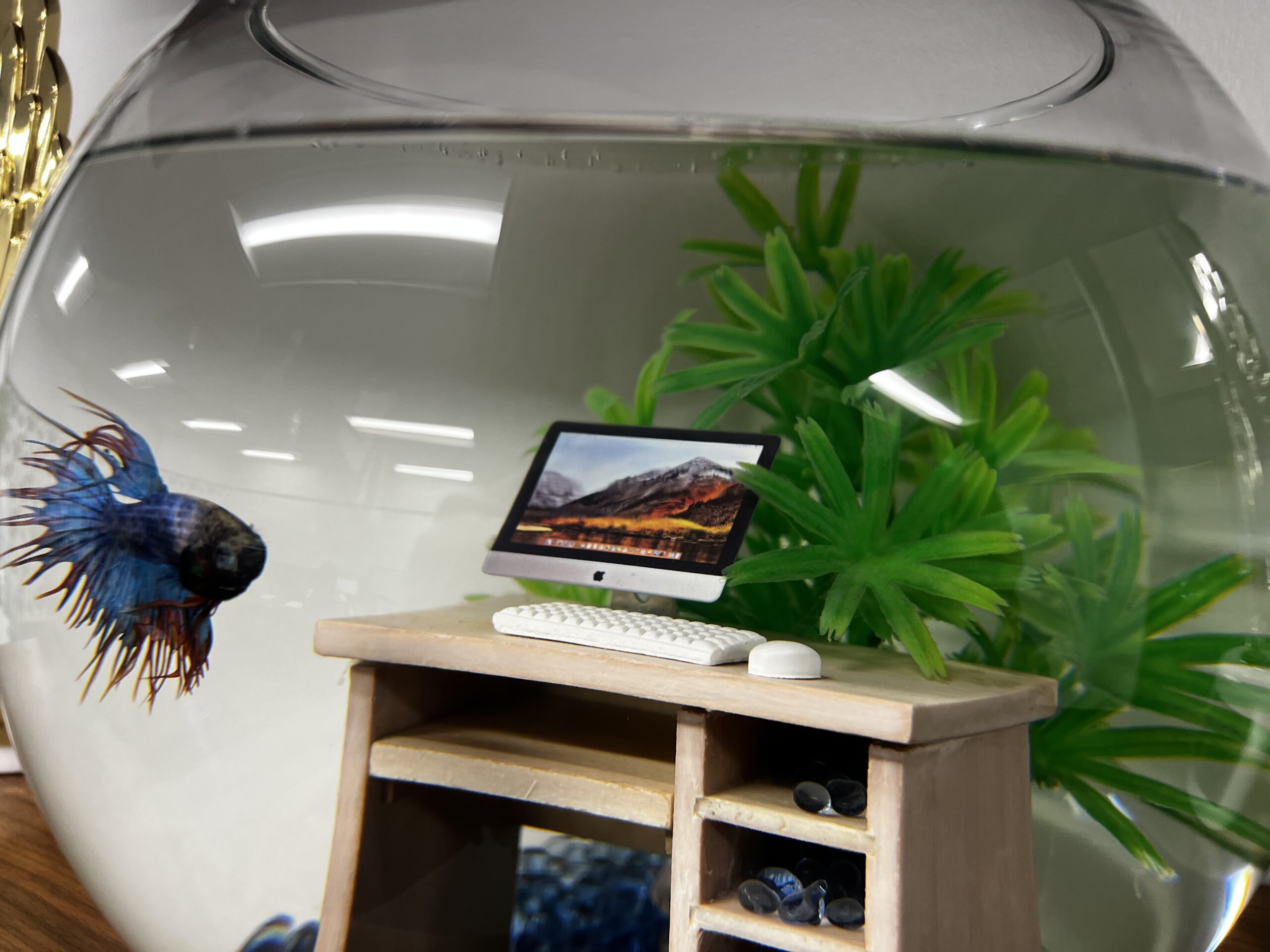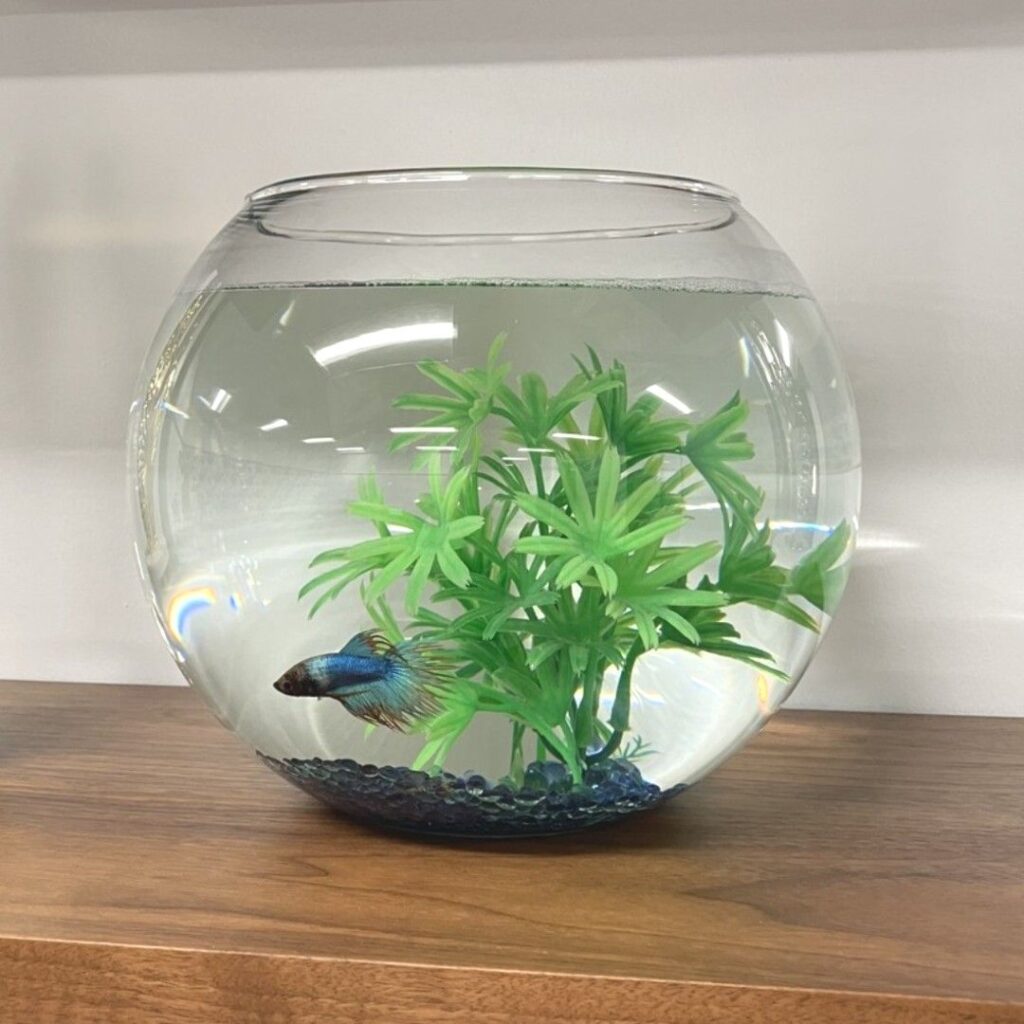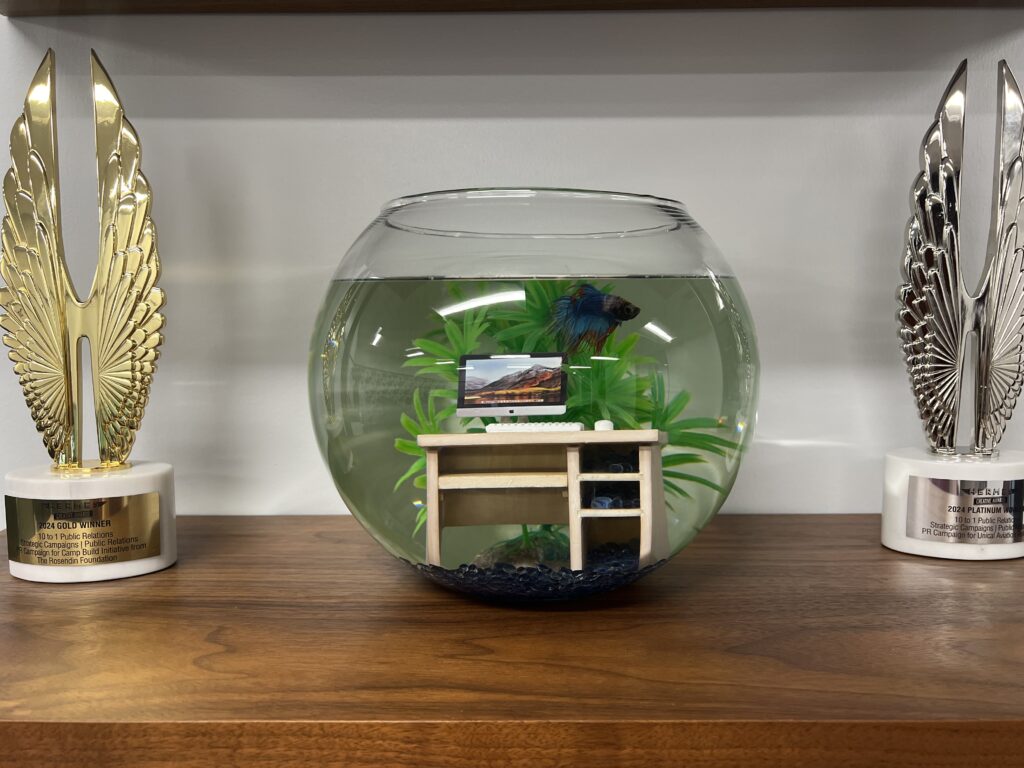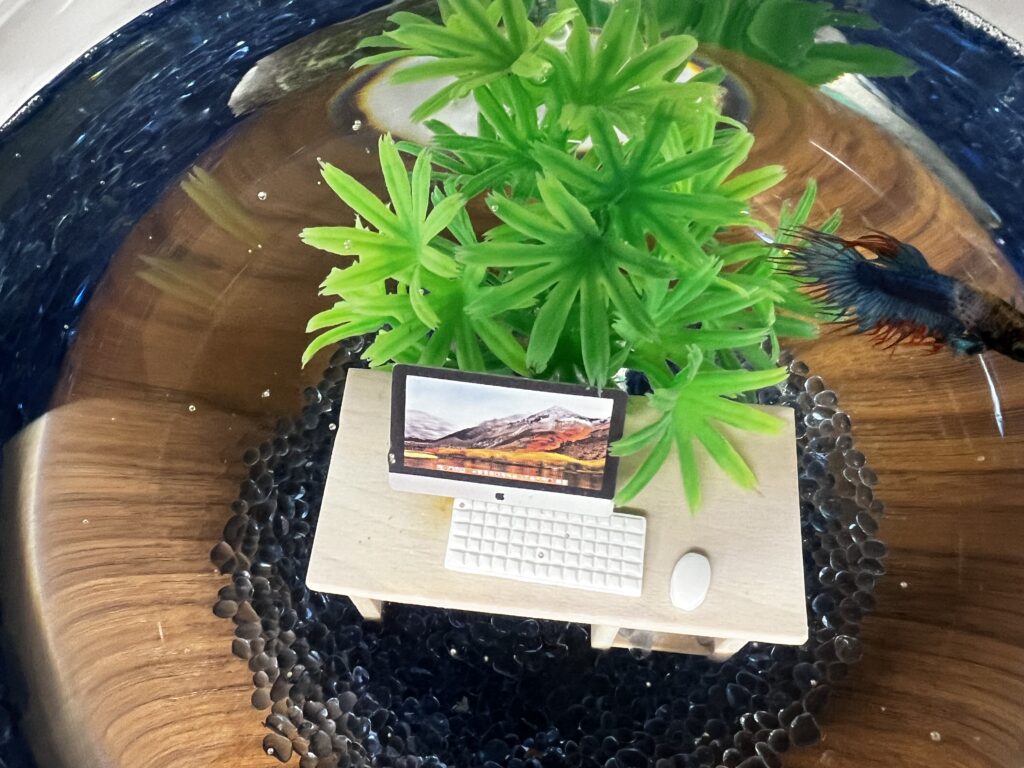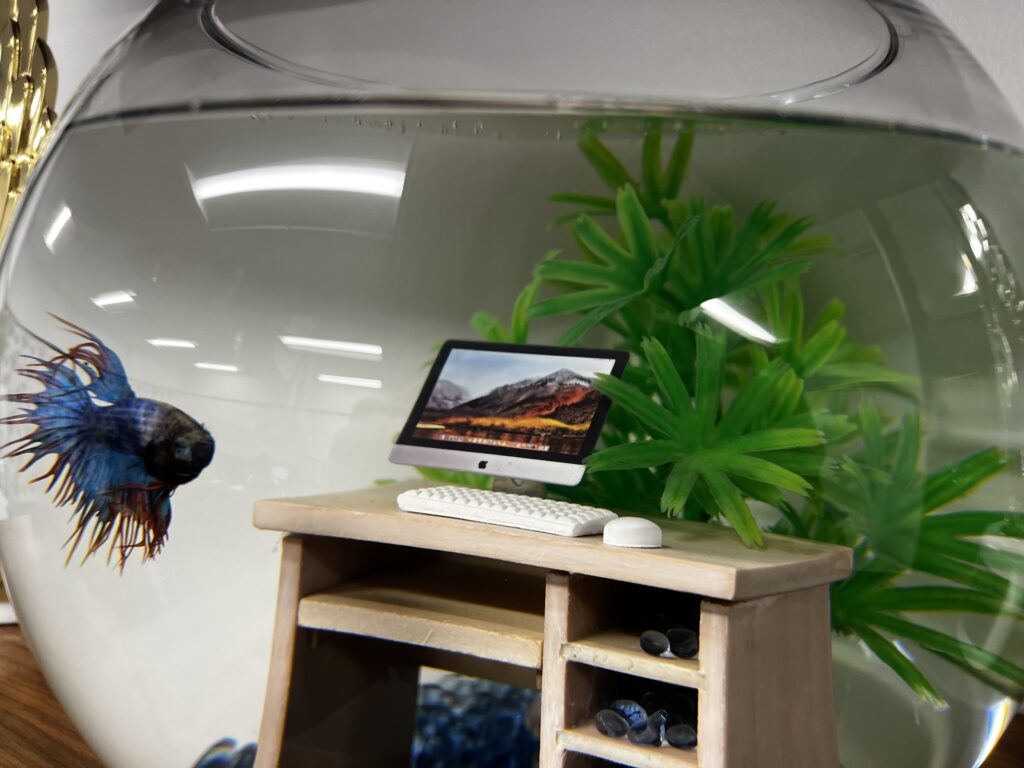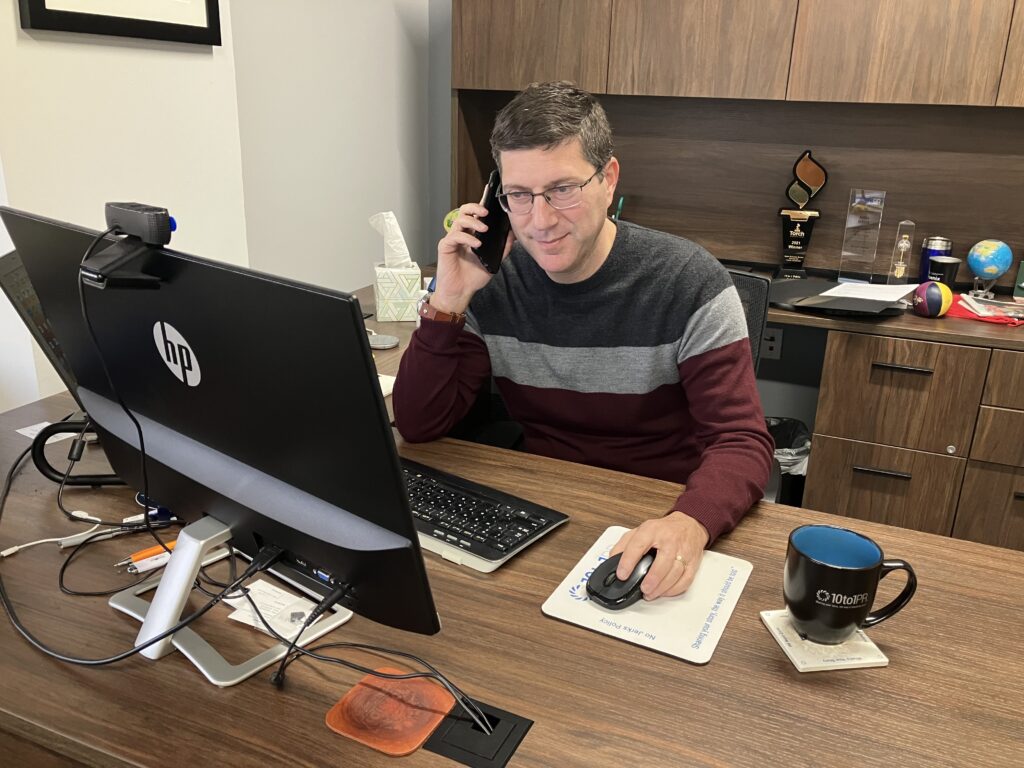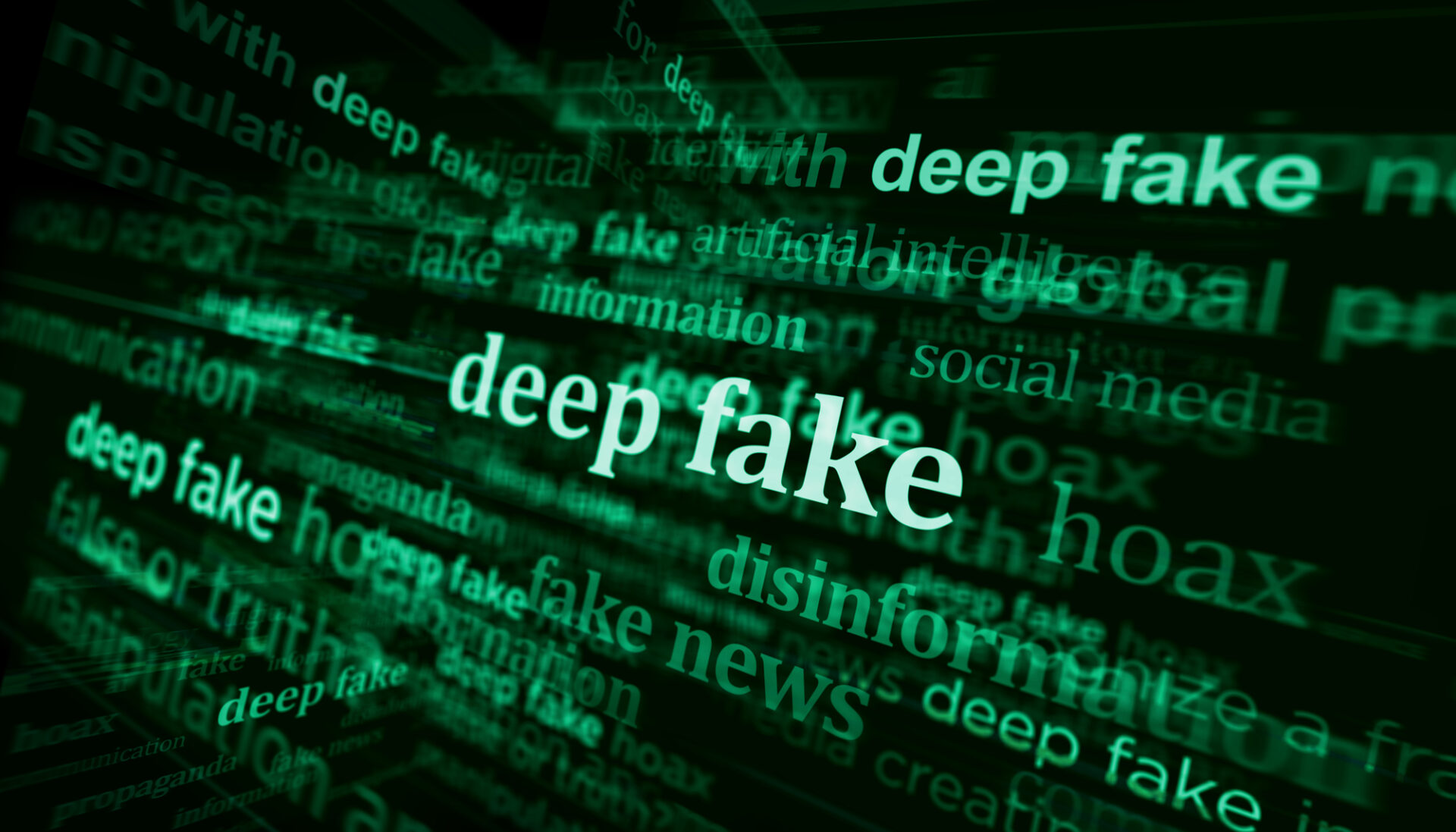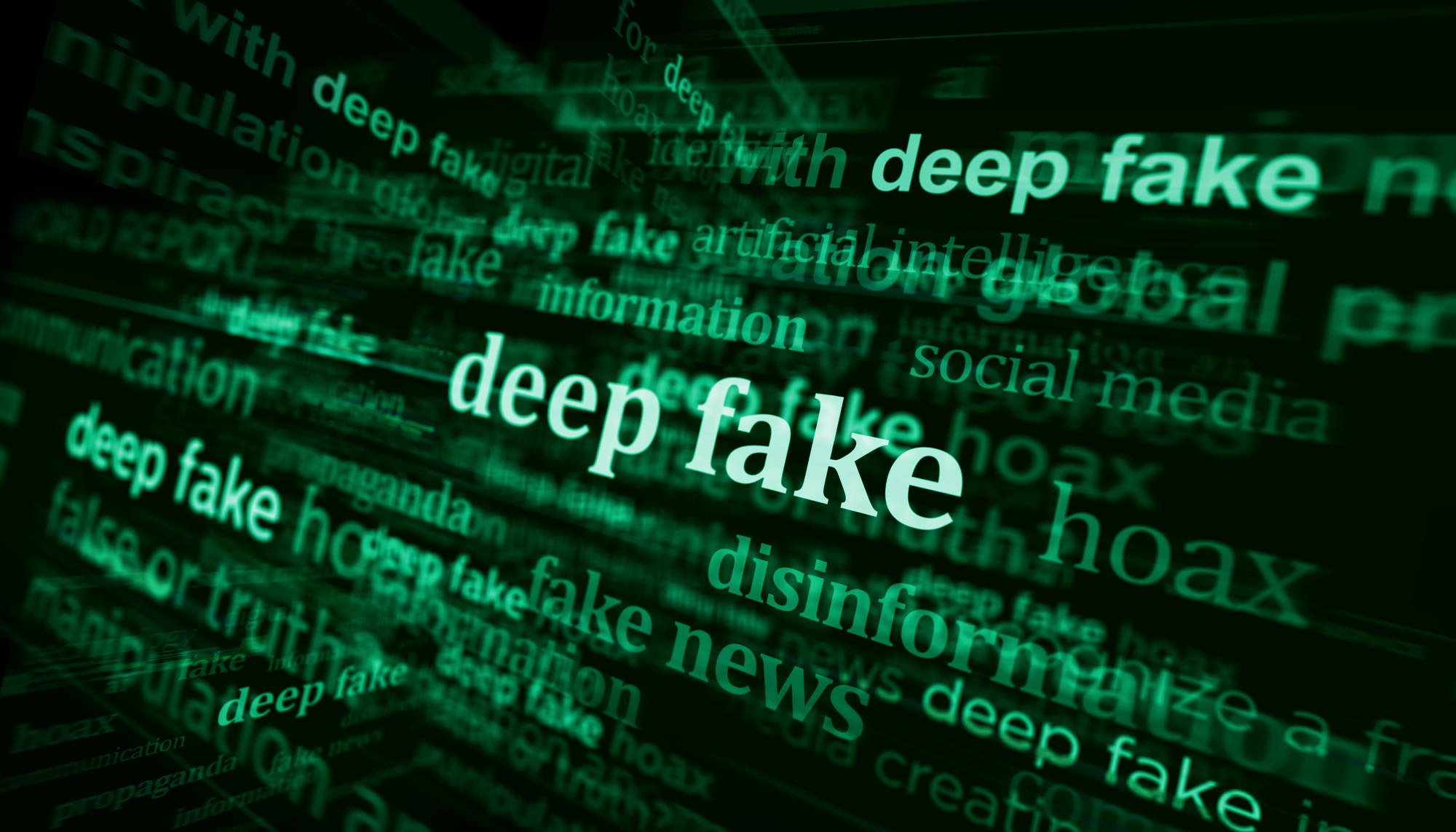
From Fashion to PR: My Journey of Transitioning Skills and Growing in Public Relations
Written by: Halle Sweeter, PR Intern
As the first-ever intern at 10to1PR, I have already learned so much about what a career in public relations really entails. The experiences that I have had in this internship have broadened my experience in the field. From day one I have gained a deeper perspective on what goes into the day-to-day responsibilities and importance of maintaining a brand’s image and the effectiveness that 10 good impressions can have in canceling out 1 bad one.
My first real encounter with PR came from a final semester project that was a co-collaboration marketing strategy between the fashion program at my school and a non-profit. In my pursuit of other education opportunities post-graduation, I knew I wanted a career that utilized my market research and trend forecasting skills while also combining creativity, strategy, storytelling, and relationship building.
My skills in market research and trend forecasting from my degree in fashion merchandising were put to use quickly and utilized in research and analysis for PR campaigns, client relationships, and contributions to group projects.
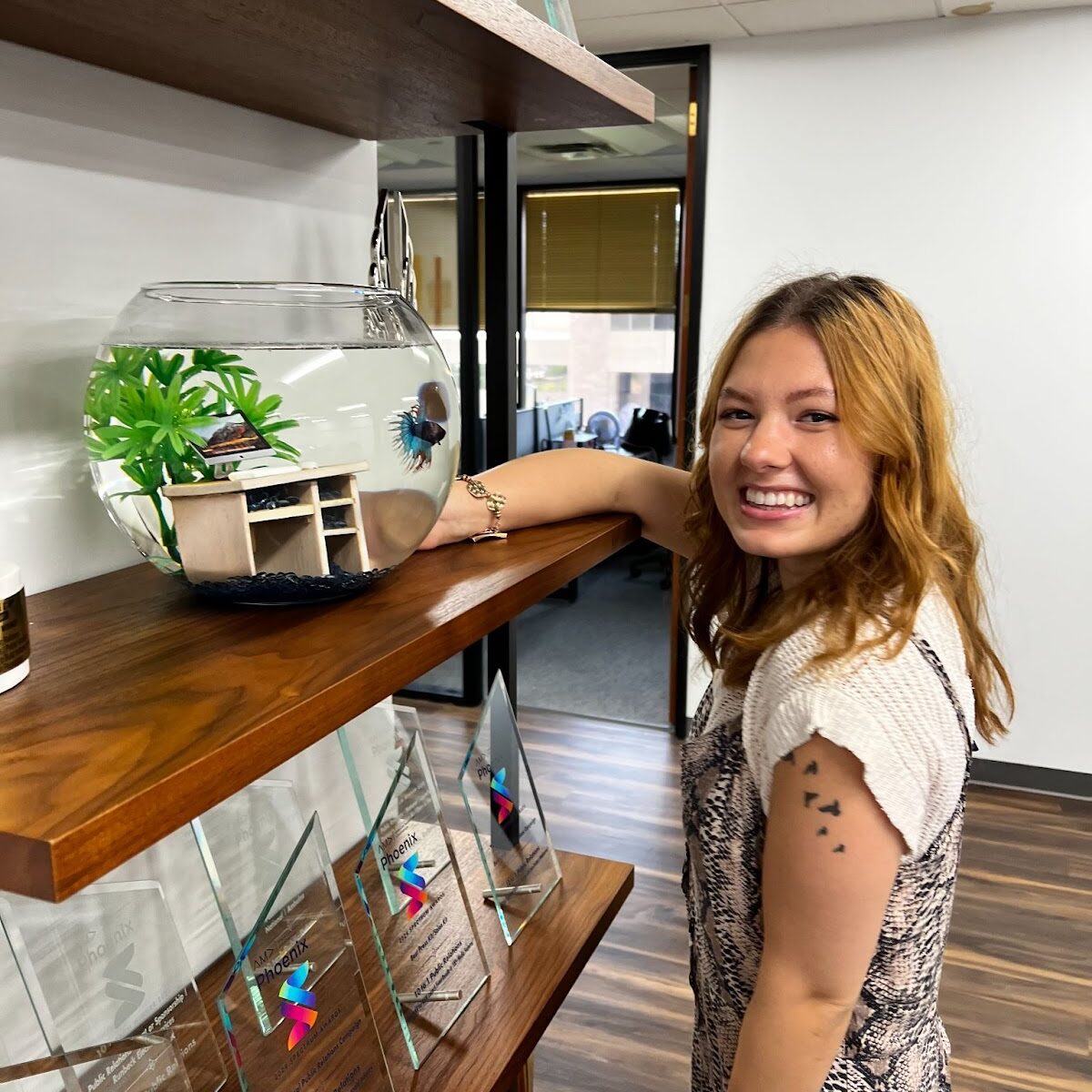
Even from the day I came in as a shadow, I was given the opportunity to watch PR professionals at work. Through observing their work, I was able to gain hands-on experience and offer contributions towards meeting client goals, participate in internal strategy meetings, and learn best practices from team members on how to write more concisely.
Working at 10to1PR, I found a collaborative work culture where everyone has a specific skill they can contribute to the team. As a part of the team, I have contributed my skill set, as well as built a new one over the last 6 weeks. During the onboarding process, I started with basic tasks like feeding the office fish and setting up meetings, while gradually learning and observing from team members. As I gained experience my responsibilities expanded to include media monitoring, editing press releases, building media lists, and finally drafting my own press releases.
In college, professors teach you how to draft a press release and you can create as many mock press releases and pitches as you want, but no class can give you the rewarding feeling of sending your first real pitch to a news editor. And with a pitch-a-day campaign, I quickly gained confidence in my writing skills, and secured wins by getting multiple interview requests from reporters.
This internship has been a whirlwind of learning and growth, and taught me how my everyday skills could transfer over to a job in public relations. From administration tasks to major wins, every day has contributed to my development as a PR professional.


